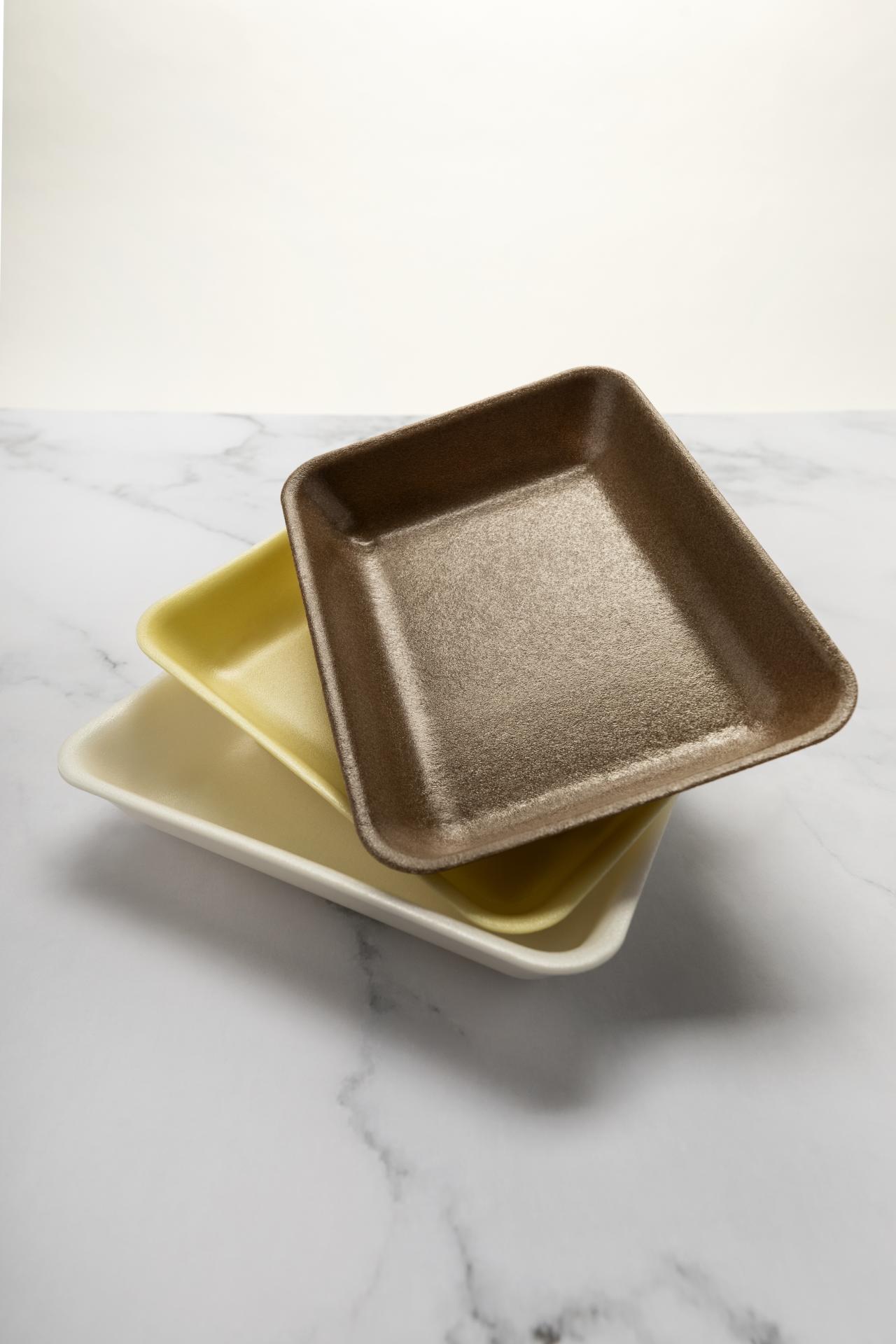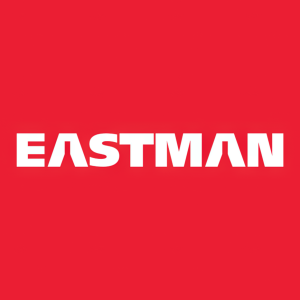New Research Highlights Marine Biodegradability of Eastman Aventa(TM) Compostable Materials
Rhea-AI Summary
A new study published in ACS Sustainable Chemistry & Engineering reveals that cellulose diacetate (CDA)-based foams made with Eastman Aventa materials show rapid marine biodegradability. The research, led by Woods Hole Oceanographic Institution, demonstrates that these foams lost up to 70% of their mass after 36 weeks in seawater, while polystyrene showed no degradation.
The CDA foams degrade more than four times faster than paper and up to 1,000 times faster than conventional plastics. The study suggests that switching from polystyrene to CDA-based foams for food trays could save society over $1 billion in pollution-related costs. Aventa, derived from sustainable wood pulp, is also being used for compostable straws and cutlery.
Positive
- Study demonstrates superior biodegradability of Aventa materials compared to conventional plastics
- Potential $1 billion societal cost savings from switching to CDA-based foams
- Product diversification into multiple single-use applications (straws, cutlery)
Negative
- None.
News Market Reaction 1 Alert
On the day this news was published, EMN declined 0.42%, reflecting a mild negative market reaction.
Data tracked by StockTitan Argus on the day of publication.
KINGSPORT, TN / ACCESSWIRE / December 5, 2024 / A groundbreaking new study published in ACS Sustainable Chemistry & Engineering reveals that cellulose diacetate (CDA)-based foams made with Eastman Aventa™ compostable materials rapidly biodegrade in the marine environment. The article concludes that biodegradable, CDA-based foams are commercially useful and will not persist in our oceans as plastic pollution.
Scientists from Woods Hole Oceanographic Institution (WHOI), the world's leading independent, nonprofit organization dedicated to ocean research, exploration and education, led the study. WHOI's research and journal article focuses on CDA-based foams made with Aventa, which lost up to
"Foaming biodegradable bioplastics like Aventa offer a promising strategy to reduce the environmental impact of frequently mismanaged consumer plastics, particularly in food packaging applications," said Collin Ward, associate scientist at WHOI and lead researcher for the study. "These materials not only degrade rapidly in the ocean but also support circularity and material efficiency."
The study dives deeper into a systems-level assessment for redesigning plastic articles for food packaging applications, considering material performance, economics, sustainability and circularity. Aventa is a cellulosic material derived from sustainable wood pulp, ensuring a renewable and sustainable beginning of life, and its compostability translates into a sustainable end of life.
Polystyrene is commonly used in food packaging, but it is not biodegradable and is difficult to recycle. The study concludes, through calculations that include annual consumption rates and the social costs of pollution, that switching from polystyrene to CDA-based foams for food trays could potentially save society more than
"Traditional plastic foams face challenges in end-of-life management, often unintentionally ending up as plastic pollution in the environment," said Jeff Carbeck, vice president of Eastman corporate innovation and care solutions technology. "Eastman Aventa materials offer a sustainable alternative, and this research shows that CDA-based foams will not contribute to persistent marine plastic pollution."
Aventa is also being used as a compostable solution for other single-use applications such as disposable straws and cutlery.
For more information, read the full article in the October 2024 issue of ACS Sustainable Chemistry & Engineering https://pubs.acs.org/doi/10.1021/acssuschemeng.4c05822 or visit www.eastman.com/aventa.
About Woods Hole Oceanographic Institution
The Woods Hole Oceanographic Institution (WHOI) is a private, nonprofit organization on Cape Cod, Massachusetts, dedicated to marine research, engineering, and higher education. Established in 1930, its primary mission is to understand the ocean and its interaction with the Earth as a whole, and to communicate an understanding of the ocean's role in the changing global environment. WHOI's pioneering discoveries stem from an ideal combination of science and engineering - one that has made it one of the most trusted and technically advanced leaders in basic and applied ocean research and exploration anywhere. WHOI is known for its multidisciplinary approach, superior ship operations, and unparalleled deep-sea robotics capabilities. We play a leading role in ocean observation and operate the most extensive suite of data-gathering platforms in the world. Top scientists, engineers, and students collaborate on more than 800 concurrent projects worldwide - both above and below the waves - pushing the boundaries of knowledge and possibility. For more information, please visit www.whoi.edu.
About Eastman
Founded in 1920, Eastman is a global specialty materials company that produces a broad range of products found in items people use every day. With the purpose of enhancing the quality of life in a material way, Eastman works with customers to deliver innovative products and solutions while maintaining a commitment to safety and sustainability. The company's innovation-driven growth model takes advantage of world-class technology platforms, deep customer engagement, and differentiated application development to grow its leading positions in attractive end markets such as transportation, building and construction, and consumables. As a globally inclusive and diverse company, Eastman employs approximately 14,000 people around the world and serves customers in more than 100 countries. The company had 2023 revenue of approximately

View additional multimedia and more ESG storytelling from Eastman on 3blmedia.com.
Contact Info:
Spokesperson: Eastman
Website: https://www.3blmedia.com/profiles/eastman
Email: info@3blmedia.com
SOURCE: Eastman
View the original press release on accesswire.com







